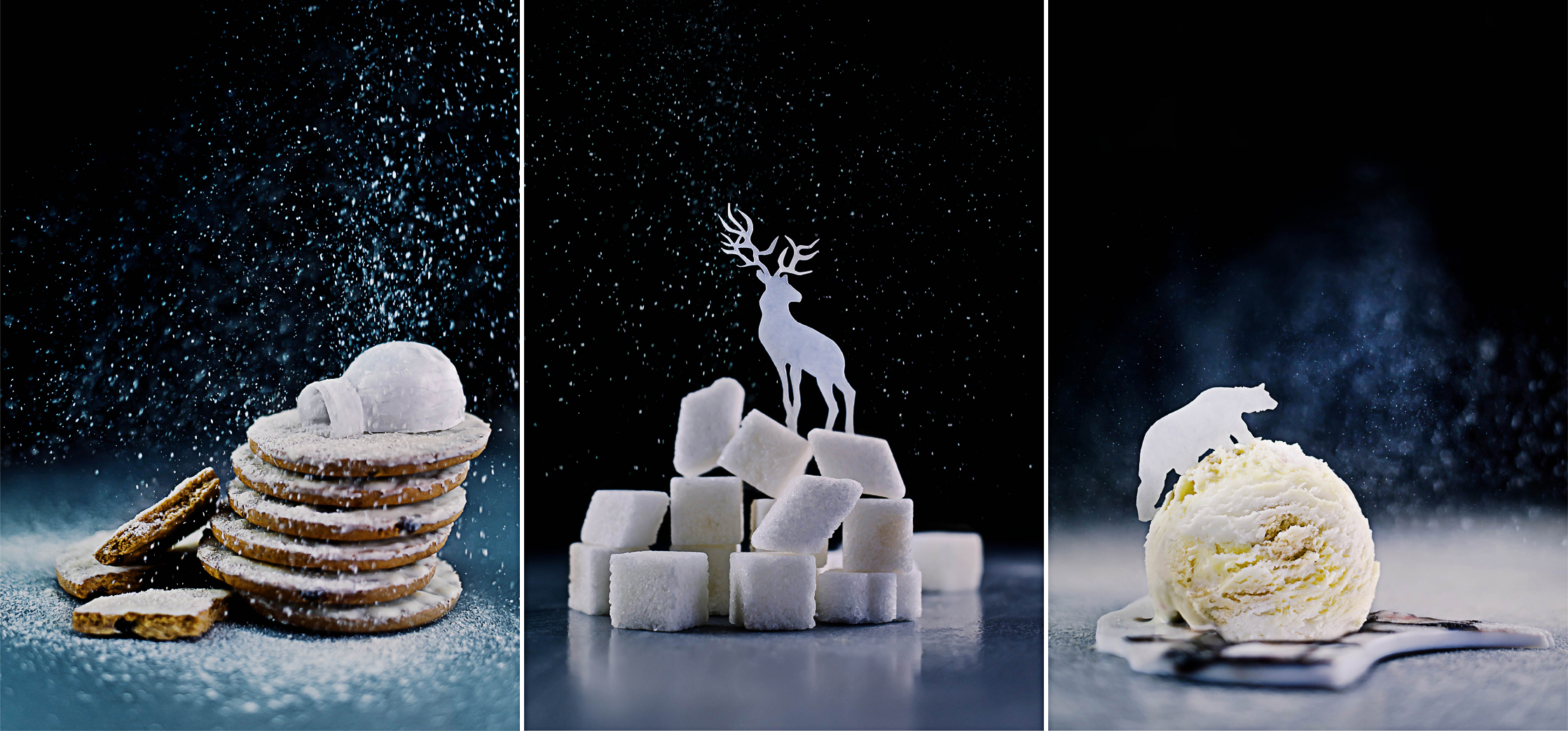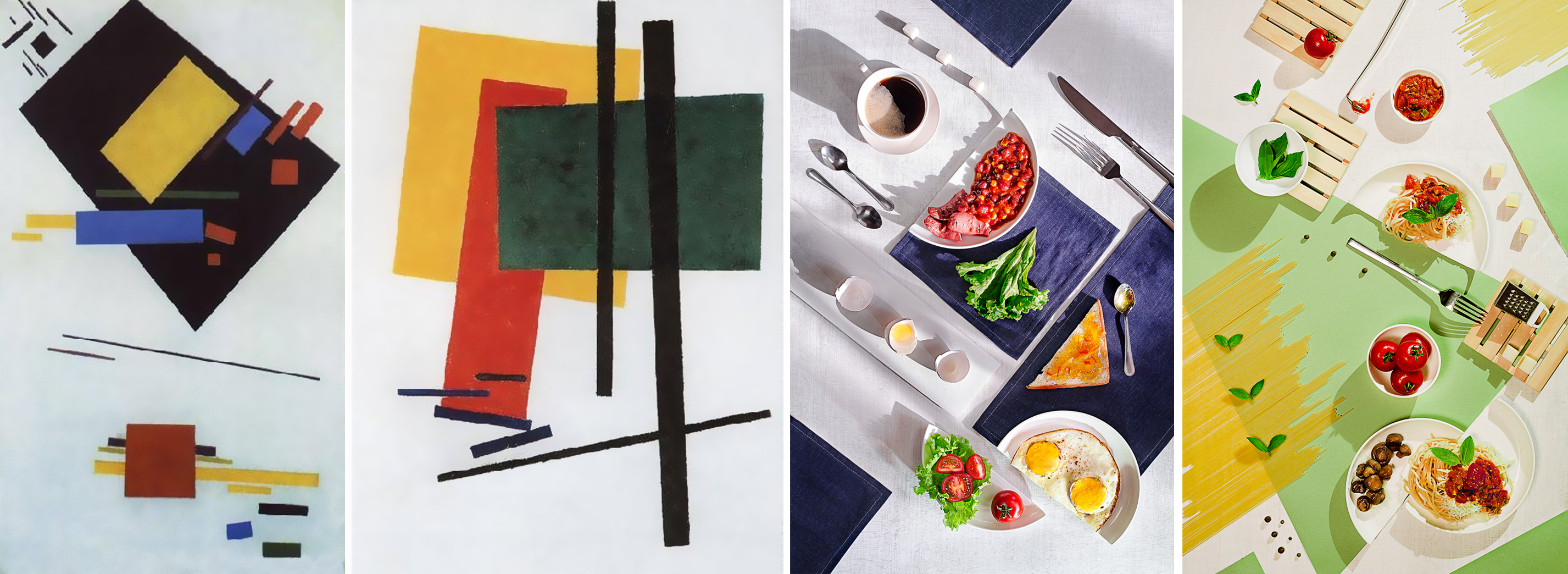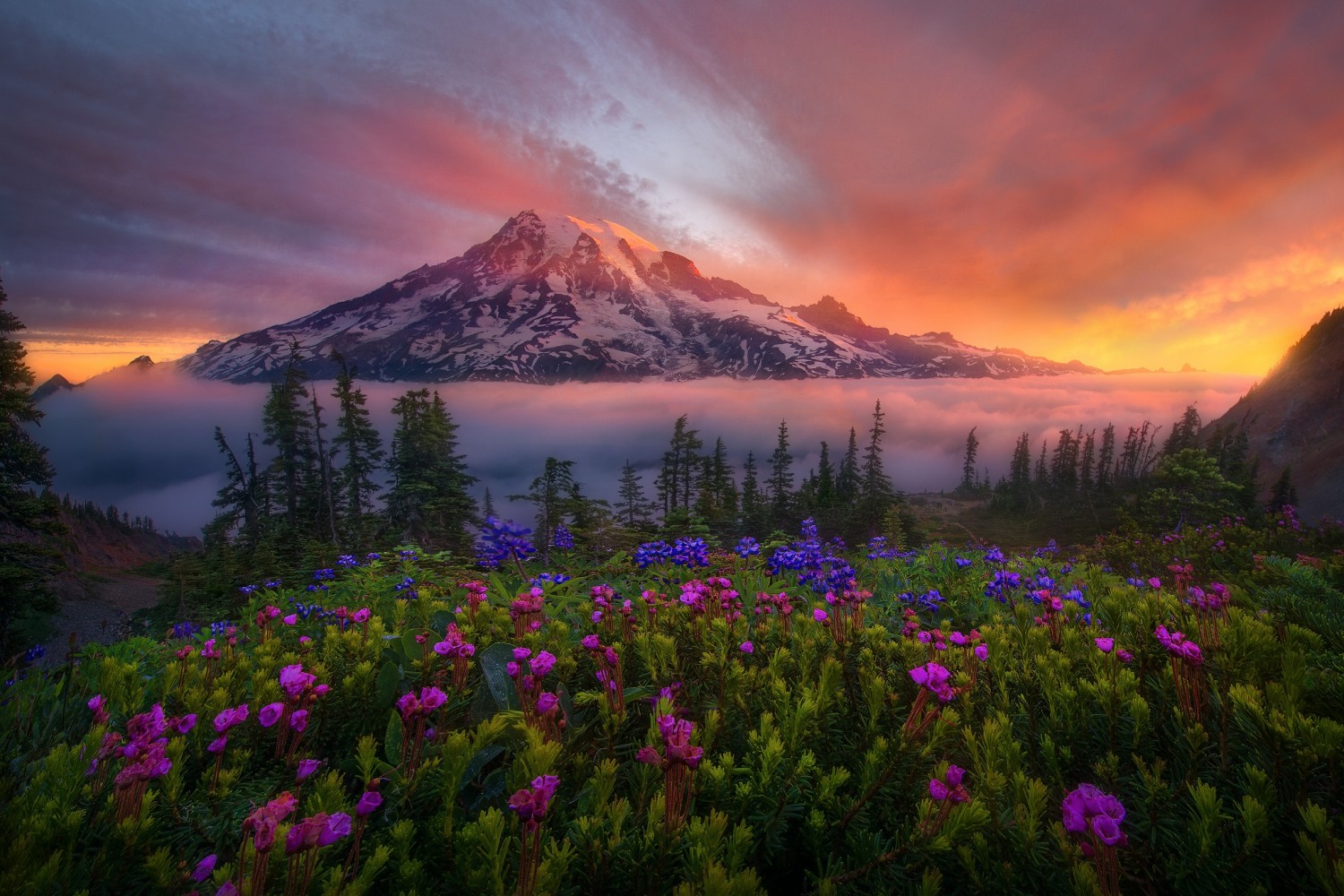The world is bursting with inspiration for photographers and artists, but sometimes that creative stream just doesn’t come and you hit a block. Once you’re stuck, it can be frustrating and, sometimes, it can even get in the way of new career opportunities. So we asked one of 500px’s popular photographers Dina Belenko to share her foolproof tips & exercises for improving your creativity and your story-telling skills in order to take a great photograph. As you can see from her half-splash tutorial and her work below, her technique, imagination, and arts and crafts skills allow her to bring inanimate objects to life, resulting in magical and striking still-life photographs.
Read on, and get inspired!
by Dina Belenko
Every photographer deals with moments when there is a lack of new ideas, or when he or she sees that their pictures are technically alright, but still somehow look boring and uninteresting.
While there is no universal recipe for taking a good shot, every photographer has a set of tricks, which invariably come in handy. Well, here are mine.
1. First of all, tell a story.
Find the motivation for each object in the scene; some integrating vector. What are these objects? How did they come here? Who brought them here? Who is the protagonist? What’s going on here?
A good photo is like the climax scene in the movie. Looking at this kind of photo, the viewer will be able to see what happened before, and can guess what will happen after. For your photo, invent a coherent story (with a beginning, middle, and end), and then simply capture a culminating point.
2. Create and use mind maps.
It’s the perfect exercise to make your mind work and get it running. I believe you can easily find detailed articles about how to use the mind maps, but here is a summary: write the main theme (the object you are working with, the mood you want to convey, and so on) in the center, draw rays of main branches (shooting conditions, associations, available props, supporting ideas, location). Refine each of these parameters using the supporting branches. Then, ask yourself which of the two resulting details fit together best? And then build your picture on this finding.
When I first heard about mind maps, it seemed like a pointless idea. I thought I could just write down associations in a column with the same success. But mind maps can give you something better than that. They provide a structure, allowing you to combine a lot of elements and make connections which you never think to do at first glance. Give them a chance. They’re perfectly simple and useful.
Here is the mind map I created for my photo, “Locked in A Room”. Click to enlarge:

The final result:
3. Do not allow the material to control your imagination.
We often think to ourselves, “If I had this kind of camera…” or “If I had this prop…” But you already have everything you need. You have an imaginative mind, so use it! Photos do not have to be realistic. If you need a dragon, you do not necessarily need to recreate a giant fire-breathing lizard, you can just cut it out of paper.
The subject of these images are only made out of plain paper. Click to enlarge:

Just take a look at the works of Kouichi Chiba, Catherine MacBride or Oleg Oprisco:
They use the most simple materials, but the power of their imagination makes them truly beautiful.
4. Make a tribute
This is an interesting and creative process, and a good practice for using various artistic means. Do you have an interest in painting or film? Select an inspiring artist, director, or creator, and try to make a shot in his style. Analyze his or her distinctive techniques, colors, angles, and try to tell your own story within these parameters. You don’t just get a good exercise, but you also create an interesting postmodern piece of work.
A tribute to Kazimir Malevich:

A tribute to Wes Anderson:
5. Start a big project.
Select a theme and promise yourself to follow through and produce your best work. What is the biggest series you’ve ever made? Five images? Ten? Fifteen? Multiply this number by two.
If you feel like you’re out of ideas, you’ll eventually get a second wind. I never took more than five shots on a single theme before, but now I’m involved in an Endless book project (see image below). I have created thirty images already.
I have to apply more ingenuity for each image, but I do not get tired of it. You can choose a theme at random, or try something that you were interested in doing for a long time, but just never had enough time. The number of photos allow you to see the subject closer and dig a little deeper. At this depth, perhaps you’ll find and create something that no one has ever seen.
These are the tricks that work for me. Try them out. I’m sure some will work for you too. Stay inspired and good luck!
To see more of my work, you can follow me on 500px.
Got any questions for me about my images and process? Leave a comment below!

























Leave a reply